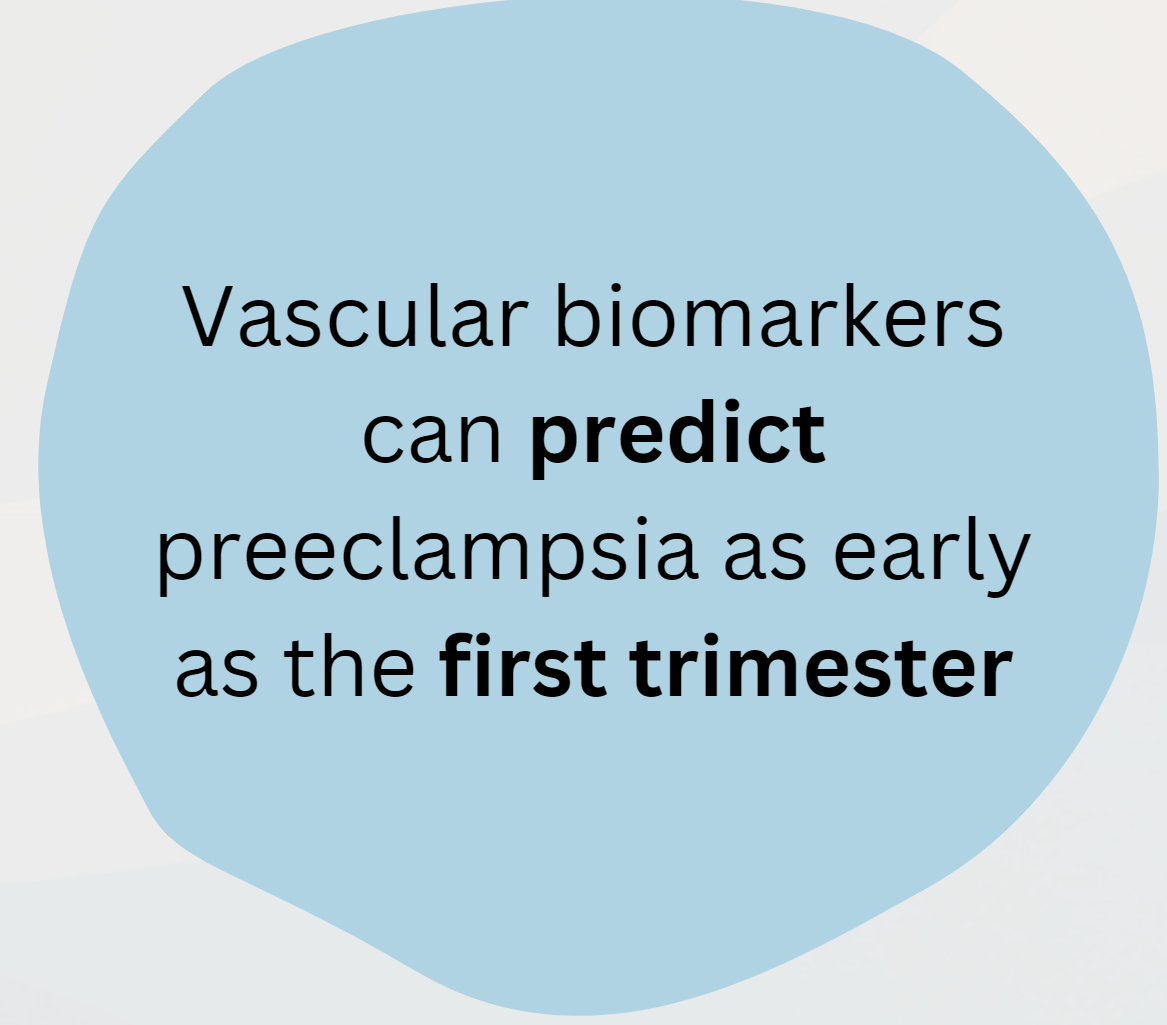What is Preeclampsia?

Pregnancy can be a very stressful time for a mother due to the lack of proper technology that can detect issues that may occur. One pregnancy complication that is not well addressed but very dangerous for both the mother and the fetus is pre-eclampsia. Pre-eclampsia is a severe condition characterized by high blood pressure, which can develop during pregnancy or even postpartum. When blood vessels that supply the placenta do not develop properly, the mother experiences higher blood pressure. This could lead to high protein levels in urine, kidney or liver complications, lung fluid, or brain disturbances such as seizures or vision impairment. There are 400,000 annual cases in the United States, and is the leading cause of maternal mortality. Additionally, it is the reason that the United States ranks last in maternal outcomes in the developed world.

Most women are diagnosed in the third trimester, but 98.6% do not respond to treatment. Suppose a patient is diagnosed with preeclampsia in the first or second trimester. In that case, there are simple treatments that the mother could take, such as baby aspirin or anti-hypertensives, that would prevent severe complications from developing later. The only effective method for late-diagnosed women is to deliver the baby; however, if it is too early for a viable birth, the mother and baby are at risk. With 70,000 mothers and 500,000 fetuses dying worldwide yearly, why are there no practical solutions to this problem?
The problem lies in the current detection methods. Currently, preeclampsia is monitored through blood pressure cuff readings every 1-3 weeks, depending on how far along they are in their pregnancy. Blood pressure cuffs are highly inaccurate and only take a singular data point during that visit. One data point every few weeks is not enough to diagnose preeclampsia accurately. If the patient does show abnormal blood pressure, the doctors may give her additional tests, such as blood samples or 24-hour urine tests. These, too, provide false negatives for many patients, resulting in insufficient evidence that the woman is silently suffering from preeclampsia.
Research has shown that vascular biomarkers can detect preeclampsia as early as the first trimester. These studies, however, were performed with an arterial line. This is not a viable option for preeclampsia detection because this method would never be implemented at pregnancy check-ins. The arterial line is highly invasive and cannot be used by many people. Pulsera came up with a unique solution that can monitor preeclampsia from the comfort of the patient’s home and inform them if they are showing symptoms of preeclampsia. From here, they can consult a doctor and provide the data collected by the device and be properly diagnosed early.